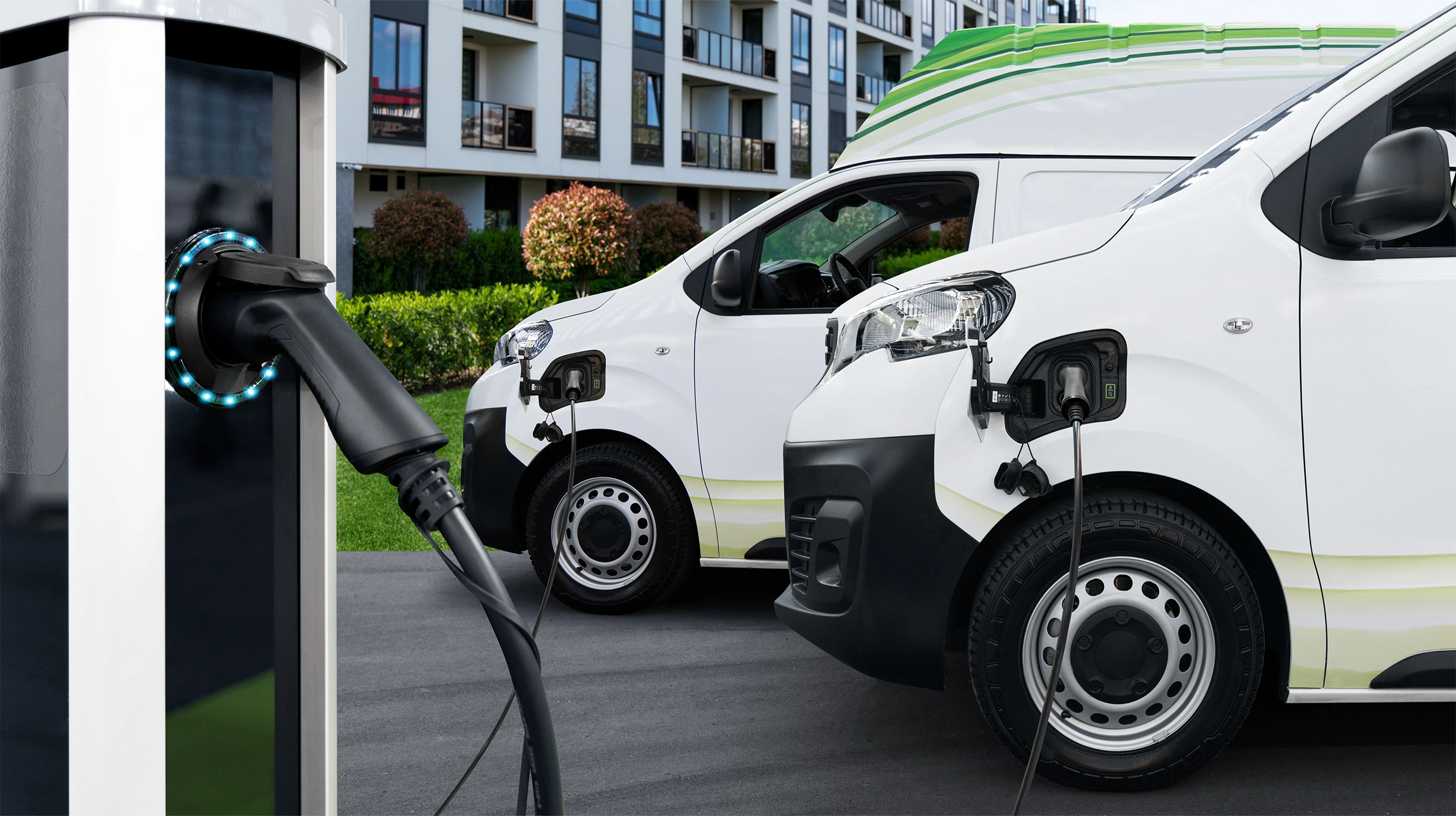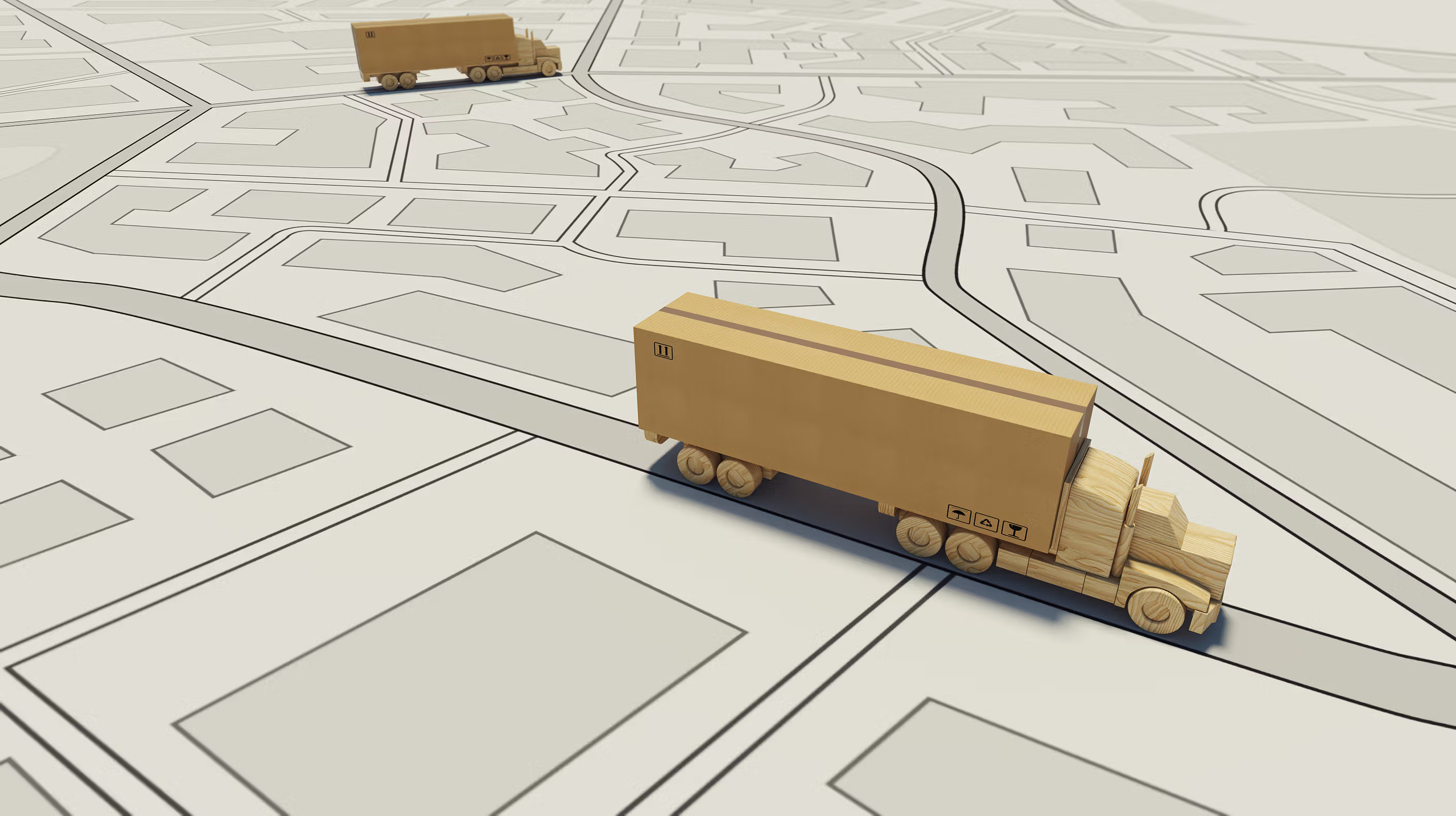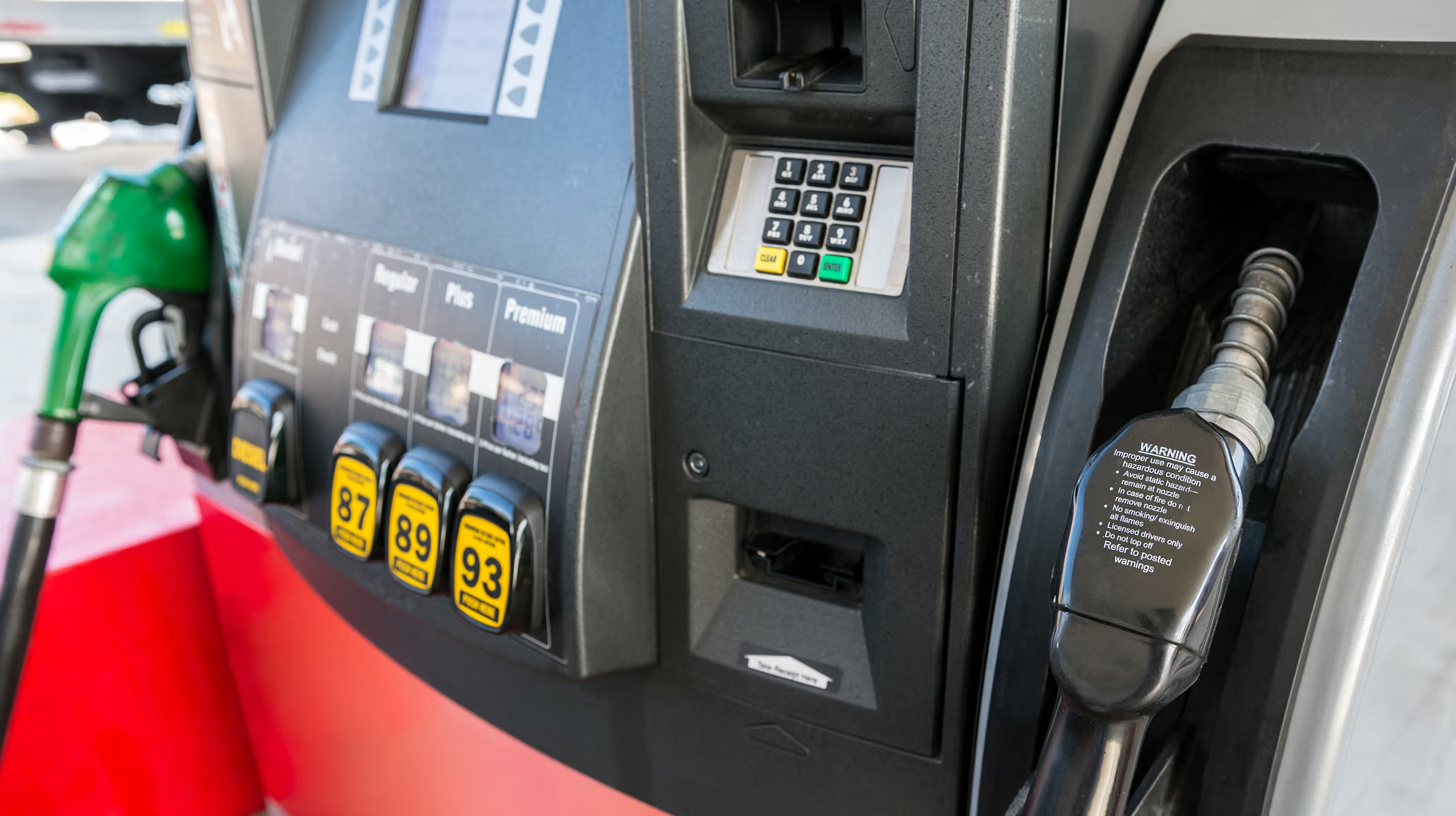Safety & Security
Driver Behaviour Monitoring & Your Business

The way your employees drive can have a much bigger impact on your business than either they or you might think.
Consider for a moment a hypothetical scenario where you’ve hired drivers who have only just passed their driving test, are in their mid-20’s and have a heavy right foot, poor attitude, and an extreme lack of patience.
Now imagine those drivers in your vehicles tearing around towns, cities, rural roads, and motorways.
5 Ways Driver Behaviour Can Hurt Your Business
- Brand Image
- Fines & Insurance Premiums
- Unrecorded Accidents
- Sky Rocketing Service Costs
- Poor Petrol Performance
Your vehicles are nicely emblazoned with your company logo, contact details, and branding. Members of the public take notice of this branding as they are cut up, tailgated, honked at, and aggressively overtaken by your employees.
Suddenly people are calling up to complain, while others are choosing to go to your competitors as their only experience of your business is the terrible way your drivers treat the roads of the UK.
Your employees are constantly deluged by speeding fines, parking penalties, and strong words from the local constabulary.
A number of these imaginary employees are also banned from driving and are now idling around the business looking for something else to do.
Meanwhile, your insurance company gets wind of the issue and your premiums go through the roof.
Without vehicle tracking or dash cams to monitor poor driving performance, your employees are involved in a multitude of accidents with fellow road users (and inanimate objects) and there is doubt as to where the blame lies.
There is no way to prove responsibility, either way, so your business suffers from payouts, vehicle repair costs, and a bad reputation.
Aggressive acceleration, harsh braking, dangerous driving, and a rally driving style to cornering mean your vehicles are constantly in the garage for new brake pads, discs, and fresh tyres.
Engine wear and tear means clutches are being replaced with disturbing regularity and your vehicle maintenance costs are becoming unbearable.
With an attitude to driving that would make drag racers frown, your drivers are making the MPG of your vehicles feel more like ‘meters per gallon’ and racking up ridiculous fuel bills at a rate of knots.
Taking the shortest route possible also means they’re cutting right through the centre of town and stop-starting in heavy traffic. So, regular trips to the local petrol station are also on the rise.
You can imagine these drivers might at least be getting your goods or passengers to their delivery point in time, but you have to wonder – how much more efficient could they be in doing so?
Sound Familiar?
Of course, this is just hypothetical, but some of these points may still be hitting home. Without proper training and a good quality driver behaviour monitoring system in place, the chances are your fleet is experiencing some of the negative effects of poor or inefficient driving.
For fleet managers, the challenge is to improve drivers’ attitudes and driving techniques without having it feel like big brother enforcing his will upon them.
Getting Your Drivers Onboard
Employees are unlikely to appreciate being told how to drive, but if the logic behind your decisions is explained, or some sort of reward is put into place, it might help to encourage improvement.
A simple example is passing on the cost savings – if the monitoring of drivers and tracking of vehicles demonstrates a saving of £XXX’s per year, perhaps that can be reinvested in the company employees to reward them for their efforts.
Other non-financial rewards may also work well. You could ‘gamify’ driver behaviour by creating league tables, creating a competition to be the best driver in a given period – or simply encourage drivers by providing positive feedback when they have improved their driving habits and attitude.
Adjust your drivers’ attitude and combine this with better tracking and fleet management and you will certainly cut costs, improve efficiency and generally enhance your business performance. It might seem daunting at first, but once you’ve started to see the benefits you will be glad you went through with it.





